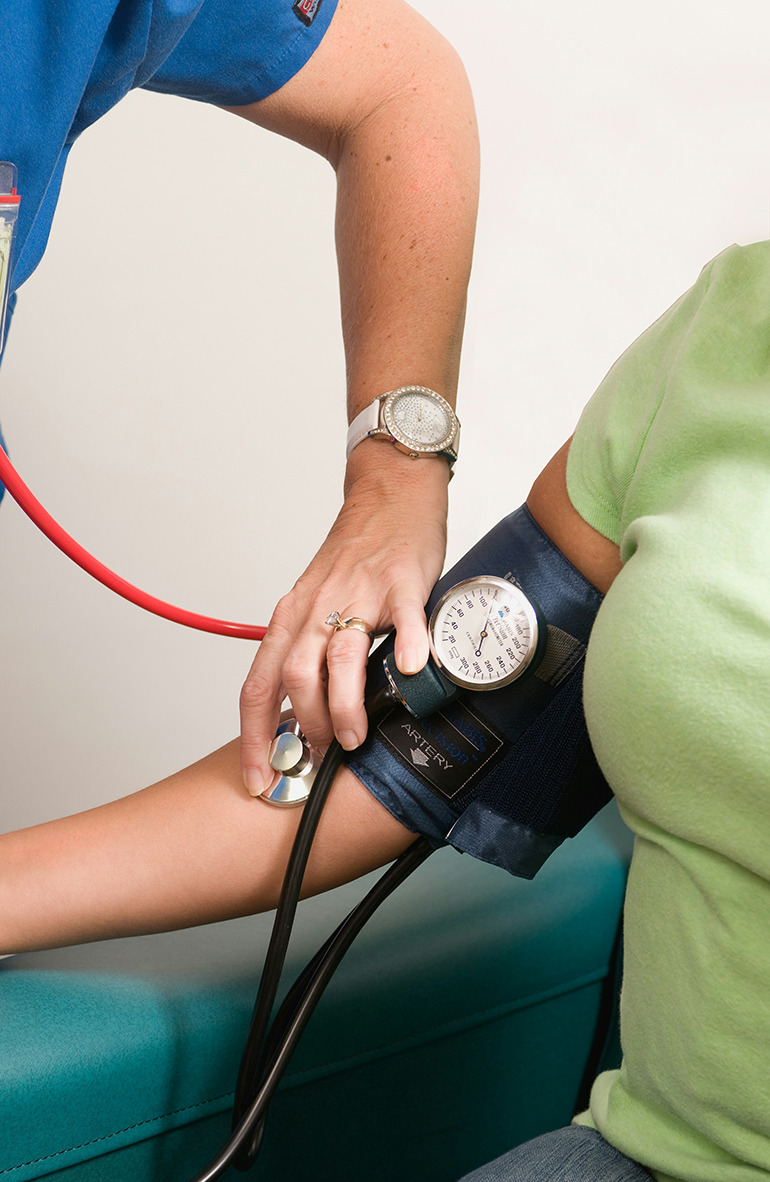Insurance’s push for early health intervention

In many households, a trip to the doctor only happens when something already hurts. But experts warn that waiting until people are sick is part of the problem — leading to higher treatment costs and worse health outcomes.
Recent research by the McKinsey Global Institute states that the impact of poor health includes years of missed school, reduced productivity at work, and countless preventable deaths. More than 580 million person-years were lost due to illness among working-age adults that year.
The Department of Health and the National Objectives for Health 2023-2028 have made preventive care a clear priority, but turning those goals into practice nationwide proves harder than expected. Immunization rates, for example, are declining. Only 62% of Filipino children receive all their required vaccines by age 1. This gap has contributed to fresh outbreaks of preventable diseases such as pertussis and measles in 2024.
Vaccination for adults also lags behind. According to the US-ASEAN Business Council, while pneumonia remains a leading cause of death among older Filipinos, only about half of seniors covered by the Expanded Pneumococcal Immunization Program have received their shots.
Data from McKinsey show that improving basic health interventions could reduce the global disease burden by up to 40% over the next two decades, with preventive care accounting for more than 70% of that potential. Addressing the unmet needs of people suffering from musculoskeletal, mental health, and neurological disorders through early prevention and care could boost the global economy by up to $13.4 trillion by 2040.
The US-ASEAN Business Council added that health financing in the Philippines remains tilted toward hospital-based treatment rather than early intervention. Primary care services receive just 4% of current health expenditures. In 2022, Philippine Health Insurance Corp. payouts for preventive services were found to account for only 1% of its total benefit payments. Out-of-pocket health spending remains high, with Filipino families paying 41.5% of total health costs themselves, much of it for outpatient care that earlier intervention could have prevented.
In response, health insurance plans now commonly cover a broad range of preventive services such as annual physical exams and cancer screenings. When performed regularly, these services help detect conditions like diabetes, hypertension, and cancer at earlier, more treatable stages.
Such approach not only improves patient outcomes but also saves money for insurers and the broader health system. Treating a disease at its onset is almost always less expensive than managing it at an advanced stage.
Many insurance policies now include full coverage for recommended vaccines without requiring out-of-pocket payment. Parents with children benefit significantly, as routine childhood immunizations are covered under most family plans.
Routine health maintenance, on the other hand, reduces emergency room visits and hospital admissions, which are typically among the most expensive forms of care. These policies not only ease the financial burden on patients but also help reduce the strain on overcrowded hospital systems.
Beyond coverage, insurance providers increasingly offer mobile applications, wearable technology, virtual consultations, and artificial intelligence-powered diagnostics to help people monitor and manage their health. Some apps even send alerts for early warning signs or recommend lifestyle changes based on user data.
However, many Filipinos remain unaware of the benefits included in their insurance coverage or hesitate to seek preventive services due to misconceptions, cultural beliefs, or limited access to facilities. Experts emphasize that bridging this gap requires consistent public health campaigns and community-based programs to promote prevention as a first line of defense, not a last resort. — Mhicole A. Moral



